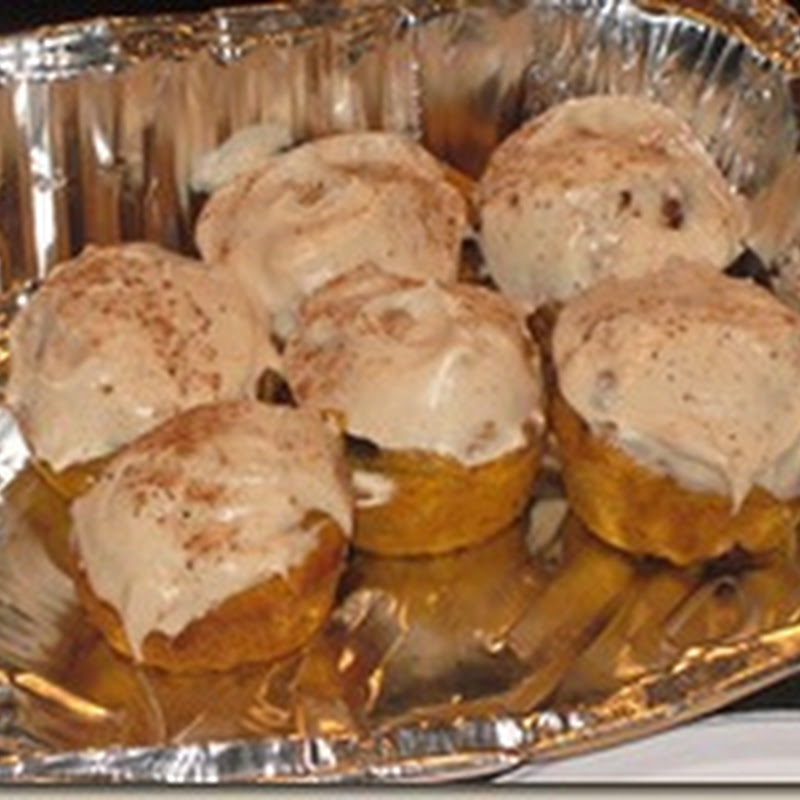Serves 6

It’s funny how the idea for a meal comes together: it’s always one part craving (or “inspiration”), one part “what’s already in my fridge/pantry.” In this case, I’d seen a recipe online somewhere with a taco-y, chili-y thing in a casserole dish with a cornbread topping. For some reason it really grossed me out, but it got me thinking about cornmeal. What about some kind of cornmeal pancake…? I surfed around a little, but everything I was seeing just seemed too bready. And then I thought of cornmeal crepes—perfect! A slight sweetness to enrobe something spicy, without all the fluff and density of an actual pancake. From there, the something spicy just became a function, like I said, of what was in my fridge/freezer, in which case I imagine that you could substitute any number of different vegetable combinations (but don’t skip out on the edamame—it’s too good and too good for you!). Chris and I enjoyed this creation immensely for dinner last night. And then when he and our brother-in-law came home from playing racquetball later in the evening, they each enjoyed another serving or two. Btw, you’ll probably have a few extra crepes: Sawyer enjoyed them with butter and honey, and I’m going to enjoy one for lunch today with ham, spinach and melted swiss.
Crepes:
1 1/4 cups whole wheat flour
3/4 cup yellow cornmeal
1/2 teaspoon salt
2 cups whole milk
3 large eggs
2 tablespoons olive oil
more olive oil for greasing the skillet
Put all the ingredients in the blender and whirl away until batter is smooth.

Transfer batter to a bowl and let it rest while you prepare the filling and sauce. I ended up adding another 1/2 C of milk or so before cooking the crepes because the batter had gotten a bit thick. But then I live in the driest place on earth practically, so check your batter consistency before cooking; it should be just thicker than heavy cream.
Filling:
1 lb ground meat of your choice or tofu
1 medium-sized red onion
1-2 cloves garlic
5 oz. sliced mushrooms
1 zucchini, halved and sliced
1 yellow squash, halved and sliced
1 C shelled edamame (frozen ok)
1/2 C corn kernels (frozen ok)
1/2 C finely chopped fresh Italian parsley
3 tsp taco seasoning
2 tsp cumin
1 tsp smoked paprika
1/2 tsp oregano
1/2 tsp salt
juice of 1/2 lemon
Sauté the onion and garlic in olive oil 5 minutes. Add the meat or tofu, breaking it up as you stir (the reason it says ‘meat of your choice’ is because I, curiously, had several nubbins of miscellaneous ground meat that I needed to use up—so mine was a combination of Italian sausage [removed from casings], seasoned ground turkey and meatball “mix”—if all of your meat is unseasoned you’ll probably need to add a little extra salt). When the meat/tofu is nice and browned, add the zucchini, yellow squash and mushrooms. Cover and let the mix stew away for 6-8 minutes, until the mushrooms have released their juices and the squash is starting to soften. Finally add the edamame and corn, and stir to combine. It should look about like this:

Transfer this mixture to a large bowl, and using the pan lid, drain out the excess juices (you could save them for stock, if you were industrious). Juice the 1/2 lemon into the bowl and toss in all of the fresh and dried spices. How pretty is that??

Stir it all up and let the flavors meld while you cook the crepes. Heat a 10-in skillet to medium low (let it heat completely before starting the first crepe). Brush the skillet with olive oil and pour about 1/2 C batter into the pan as you use the handle to swirl it around, coating the bottom of the pan, like so:

When the crepe starts to form bubbles from underneath it’s ready to be flipped. Warning: the first crepe pretty much always is a disaster, I don’t know why. Just pour some honey on it and enjoy it while you try the next one. After that first sacrificial crepe they should turn out fine. I use a regular rubber spatula to flip mine (loosen the edges first), and let it cook on the other side for 1-2 minutes. Transfer cooked crepes to a plate and keep them covered with a clean dish towel.
In between crepe pouring and flipping you can make the chili cream:
1/2 C sour cream
1/2 C buttermilk
2 whole canned green chilies
2 Tbl sliced chipotle peppers
2 tsp sugar
1/2 tsp salt
Put all ingredients in the blender or food processor and blend until smooth.
When everything is ready, start assembling: put a cooked crepe back into the frying pan (same temperature), sprinkle a little cheese of your choice (we used colby jack; pepper jack would also be good, as would queso fresco), and cover with some of the spicy filling.

Fold the two sides over, like a burrito, and let the filling warm and the cheese melt for about 4-5 minutes. Transfer the crepe to a plate and spoon over the chili cream.

























































